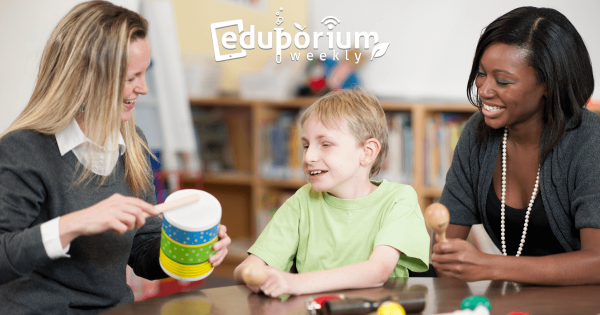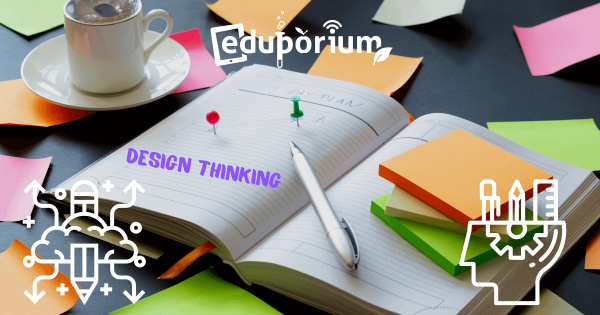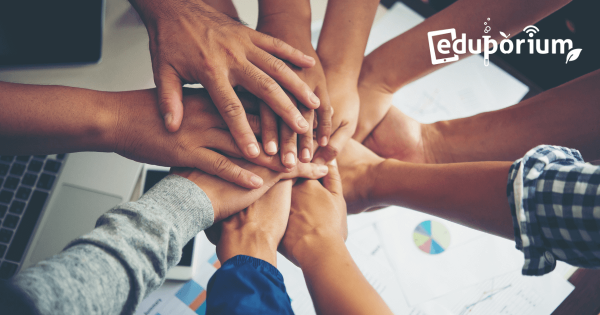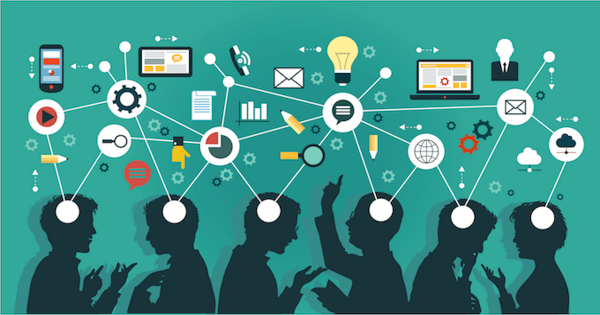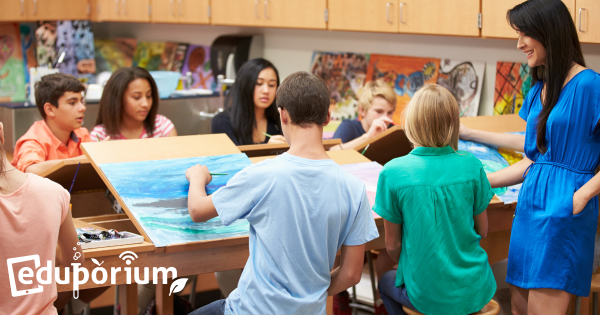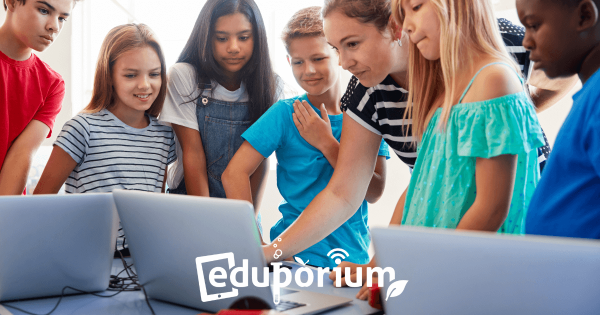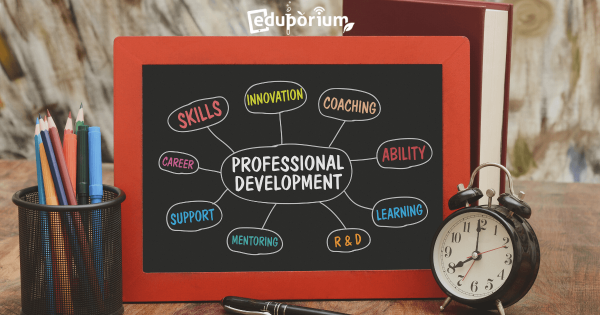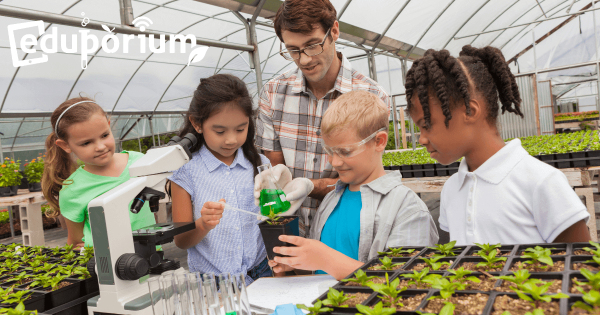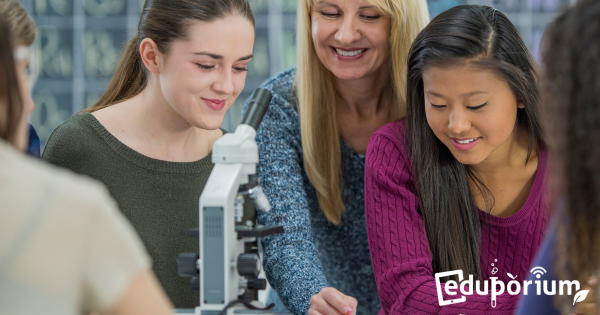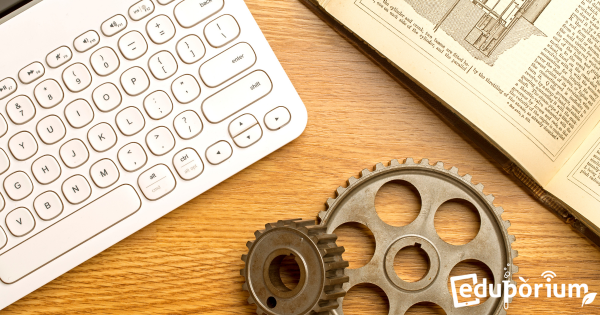While we realize that there’s a lot of technology for helping kids of all ages learn, we might sometimes forget that there are also tools to help students who learn in different ways. When it comes to school children with learning differences, EdTech tools can help them learn in the same ways they help the average kid learn—grabbing their attention
PBL
-
Design Thinking as a New Kind of Pedagogy
In the 21st century, those who are most successful are always thinking at least one—sometimes two, three, or four steps ahead. Why? Because they have to. No longer can the most successful workers and students get by on basic skills. The times have changed and now essentially require them to have increasingly innovative skill sets just to survive. -
Eduporium Weekly | Welcome to the Collaboration Station
So much of 21st century education often involves getting your students to unleash the creativity they did not even know they had. The challenge is getting them to access it on a daily basis. The solution might be to have them collaborate—daily, nightly, or pretty much whenever possible. Two heads are better than one and collaboration is a crucial 21st -
Eduporium Weekly | Taking it Personal
Even with technology available, you might be wondering how on Earth teachers could provide each student with a meaningful personalized experience. Personalized education has become more than just a trend in our education systems, however. When teachers provide students with content and approaches that suit them best, students often find success. -
Eduporium Weekly | Making More In Makerspaces
Makerspaces have burst onto the scene in recent years and they are only becoming more popular as time passes, including in school environments. Perhaps because their benefits are so impactful or maybe because they’re super affordable and fun, makerspaces have helped spur a storm of STEM stimulation—for everyone from kids to teachers and even grandparents. -
Eduporium Weekly | How To Be An Innovative Teacher
Project-based learning, interactive engagement, and real-life relevance are among some of the most important characteristics that today’s instruction should contain. Teachers know that they need to update their pedagogical styles and approaches to better relate to students and facilitate a true 21st century education. So, here’s how you can do just that. -
Eduporium Weekly | Do Summer Right
Kids need project-based stimulation during the hot summer months to ensure that they do not slip into a beach-and-pool kind of lull. While it’s not essential that it’s rigorous and demanding, as it’s okay for kids to get a bit of a break, there’s absolutely nothing wrong with keeping them fresh until they start back to school in September. -
Eduporium Weekly | Get Hands On
Whether it’s blended learning, project-based learning or hands-on tinkering in a STEM-centered Fab Lab, modern educational tools have made it easier than ever for kids to become future ready. The goal of learning with technology is as simple as many top classroom products: prepare kids for a tech-filled work while honing key hard and soft skills. -
Eduporium Weekly | Helping Your Students Help Themselves
In today’s world of education, there are certain skills that all students must learn and certain ways of learning that many classroom educators feel are necessary to accomplish those goals. Though it has often been compared to a spectator sport for much of, well, forever, learning isn’t an experience that is best carried out from the sidelines, especially in today’s -
Eduporium Weekly | How We Can Make Making Meaningful
The constant reiteration of the importance about “STEM this” and “STEAM that” has led to the revitalization of hands-on education in many of our K-12 school systems across the country. While many of these movements—in education or otherwise—die out after their trendiness loses appeal, the Maker Movement, it appears, should be one of them that sticks around.




